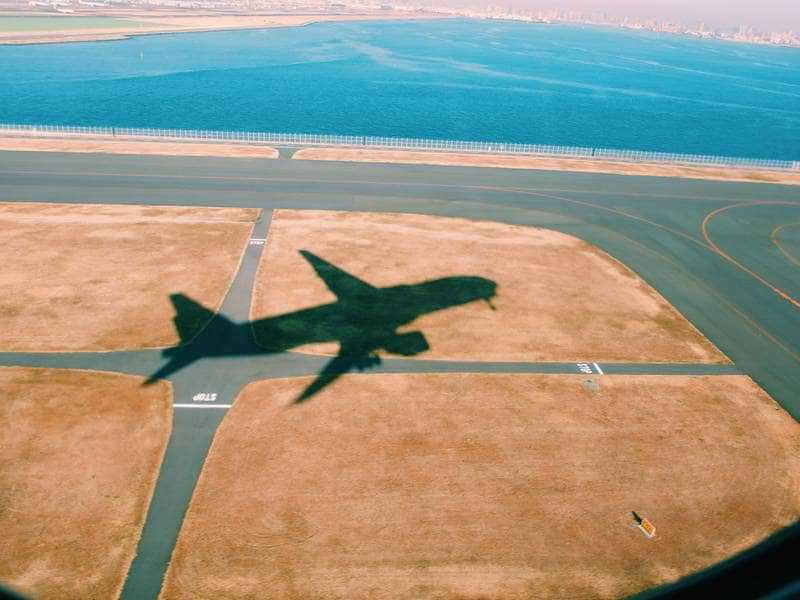Five easy travel tips for flying more sustainably this Earth Day
23 April, 2022

Like so many other things, the international travel industry was halted for a while by the global pandemic. While there were many downsides to that, it gave the Earth a moment to breathe a bit more freely.
But now that the world seems to be coming out the other end of the coronavirus pandemic, international travelling is back on the cards and pent-up wanderlust means there’s been an exceptionally strong demand for flights.
However, there is also an increased awareness around sustainable choices, with 46 per cent of travellers in the UK saying they were looking to book more environmentally-friendly options for their next trip, according to data from online travel agency Skyscanner.
The aviation industry is making progress in turning flying into a more sustainable activity through increased use of sustainable aviation fuels, more fuel-efficient aircraft and the use of new technologies that can make air travel greener. Those keen to help mitigate some of the catastrophic consequences of the climate crisis can do so by flying as sustainably as possible. On Earth Day 2022, here are a few top tips for travellers to help make their next holiday affect the environment a bit less.
1. Fly direct, unless you’re going long-haul
Planes use more fuel when taking off, taxiing and landing than when cruising at altitude, so if you’re flying short or medium-haul, opt for a direct flight. When going long-haul, it’s a slightly different story.
Large fuel loads make the plane heavier and less efficient, so "past a certain distance it becomes more fuel-efficient to make a halfway stop to refuel," said Martin Nolan, sustainable travel expert at Skyscanner, on its blog.
2. Book economy class tickets
Save money and the environment by opting for economy class. Budget travellers and those flying on low-cost airlines will have less of a carbon footprint for their trip owing to reduced weight on board the plane.
“Premium-class seats take up more space on the plane and are much heavier, which reduces the number of people who can fit on to each flight and increases the aircraft’s fuel consumption,” said Nolan.
3. Ditch oversized suitcases and pack light
If you can pack lighter, you’ll be travelling more sustainably, and can also save money if you choose an airline that charges extra for baggage. By only checking-in what you need for the trip, and opting to buy things such as toiletries at your destination, you’ll be enabling the plane to fly with a lighter load, which makes for a more sustainable journey. According to Etihad Airways, carrying even 5 kilograms less baggage can help reduce your carbon footprint by 5 per cent, so whittle down that outfit list ahead of your next trip.
4. Throw some shade
A super easy tip to help make your next flight more sustainable is to close the window shades. “When flying, lowering the window shades can help to lower emissions by reducing the energy required to maintain the cabin temperature. The less energy required to power the air-conditioning system, the less greenhouse gas emissions in the atmosphere,” explained Nolan.
5. Offset your travel footprint
Offsetting carbon emissions often gets a bad rep, with people often quick to label these kind of plans as greenwashing. While it is true that offsetting is no solution to climate change, travellers opting to counterbalance their individual carbon footprint is a positive move, as long as you select credible projects to invest in.
Some airlines offer this service direct to passengers, but it can be worth doing your own research, said Nolan. “If you don’t agree with the options or rates offered by the airline or provider you’re flying with, you can also consider setting aside your own offset fund and donating it independently to a conservation charity of your choice.”
Travellers can use the ICAO emissions calculator to help estimate the carbon footprint for coming flights, and some search engines — including Skyscanner — allow people to search for trips that emit less carbon dioxide compared to the average for their chosen route.
Source: www.thenationalnews.com
TAG(s):
